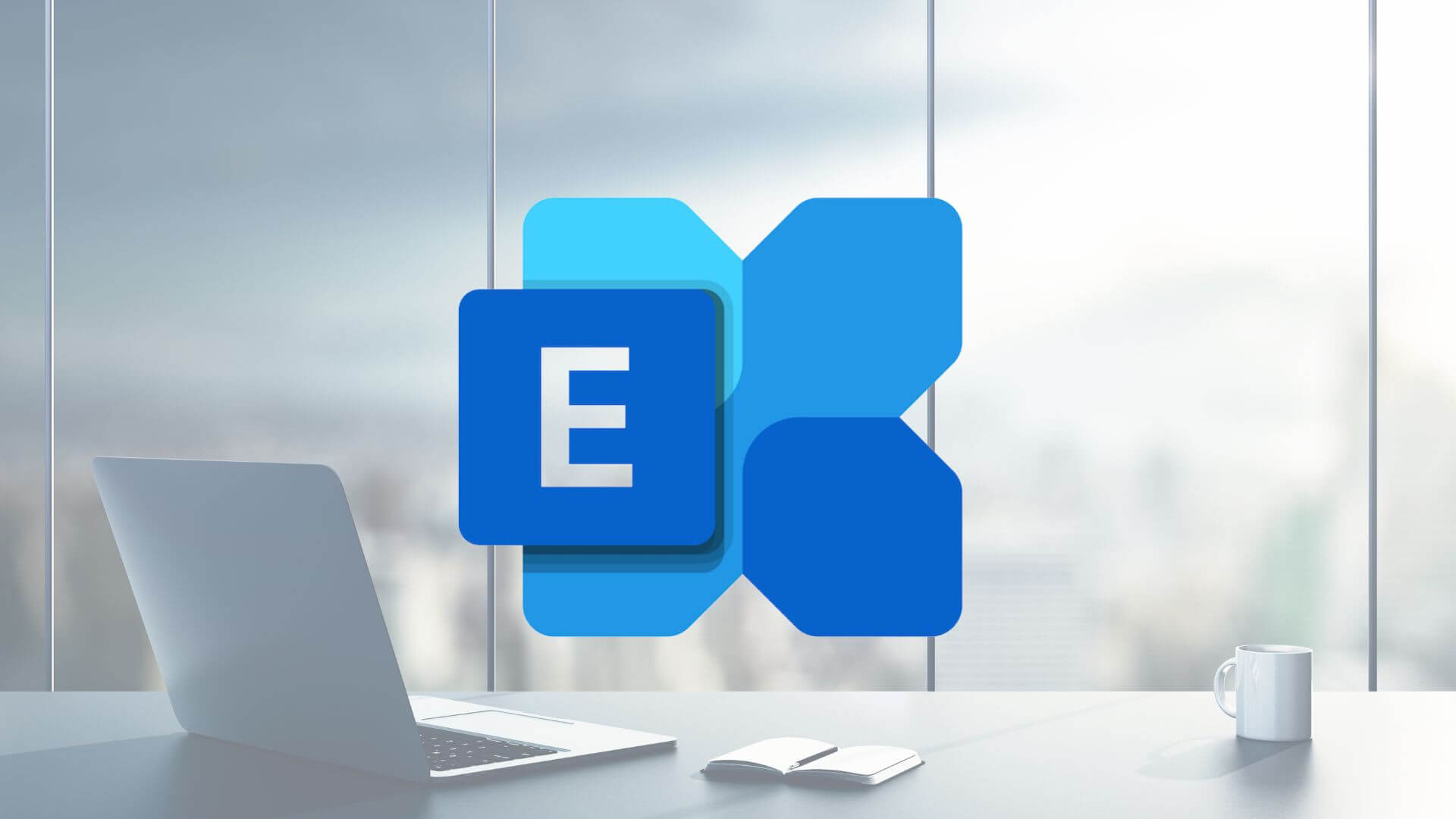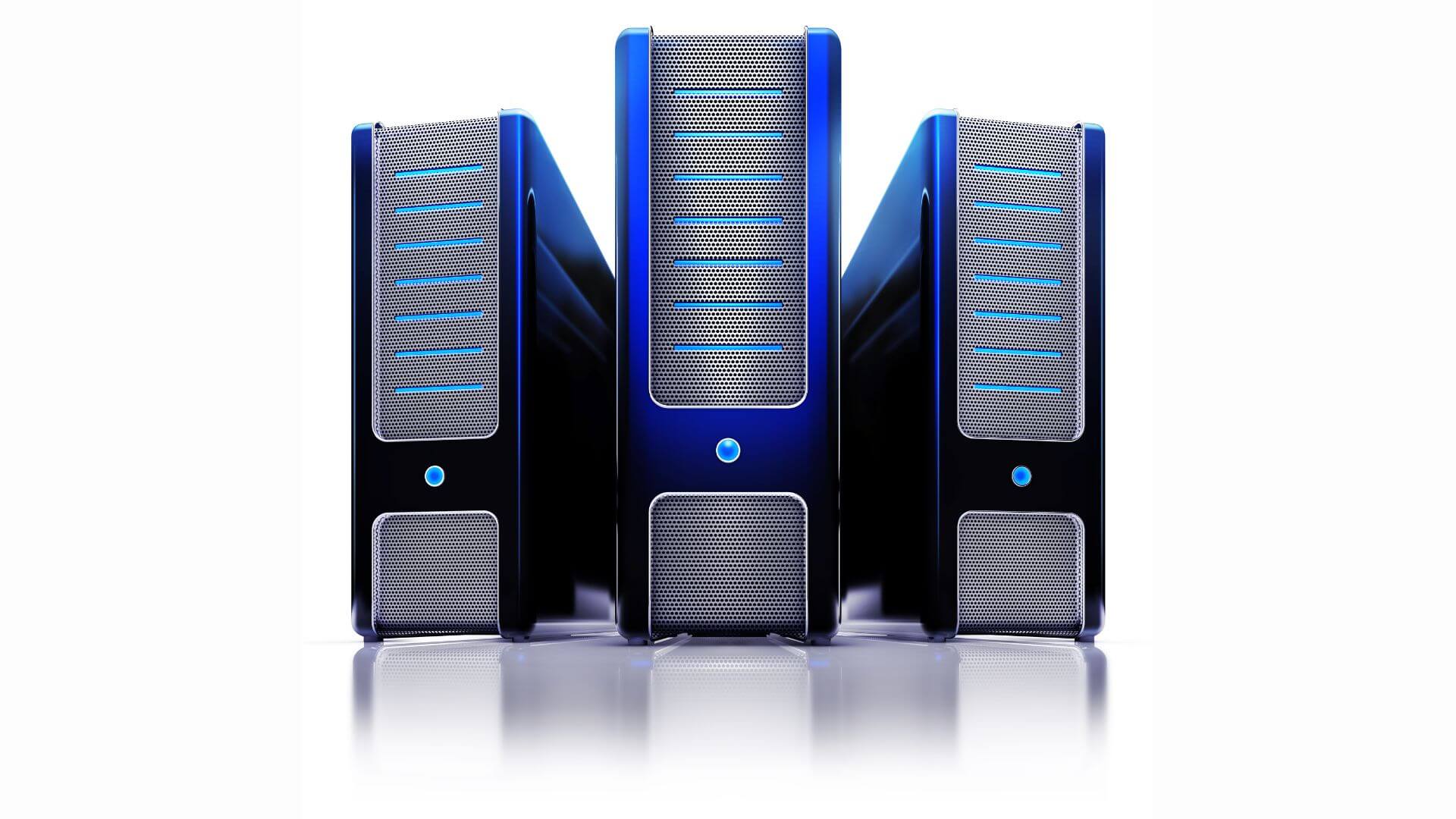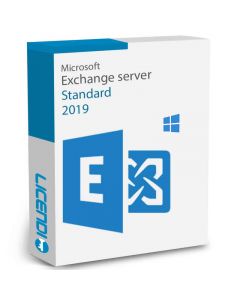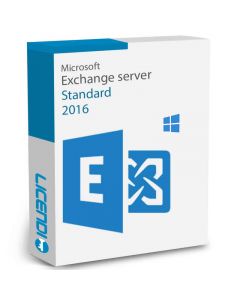Definitive Guide to Exchange Server
Introduction
Exchange Server is an essential tool for many businesses looking to manage their email, calendars and tasks efficiently. In this blog, we'll explore best practices and tips for getting the most out of Exchange Server. We'll talk about its setup, configuration, and maintenance, as well as strategies for improving its performance and security.
What is Exchange Server?
Exchange Server is an email platform developed by Microsoft. It enables organisations to manage their internal and external communications efficiently. With Exchange Server, users can access their email, calendars, contacts and tasks from any device, be it a PC, smartphone or tablet.
Benefits of Using Exchange Server
1. Centralised Administration
Exchange Server provides a centralised interface for managing all enterprise communications, making it easy to manage and control.
2. Security
It offers several layers of security to protect company data, including spam filtering, malware protection and encryption policies.
3. Scalability
It adapts to the needs of companies of any size, allowing users and resources to be added or removed as required.
4. Collaboration
Encourages collaboration by allowing calendars, contacts and tasks to be shared among employees.


Best Practices for Exchange Server Configuration
1. Implement High Availability
Configure DAGs (Database Availability Groups) to ensure that data is always available, even in case of server failure.
2. Optimising Performance
Regularly monitors server performance and adjusts resources as needed. Use monitoring tools to identify and resolve bottlenecks.
3. Security
Secure your server by implementing measures such as multi-factor authentication (MFA), email encryption and strict password policies.
4. Regular Maintenance
Perform regular updates and security patches. Make backup copies of data and verify that you can restore them if necessary.
Troubleshooting Common Problems
1. Connectivity problems
If users cannot connect to Exchange Server, check the network configuration and DNS records. Make sure the necessary ports are open and not blocked by the firewall.
2. Slow Performance
If the server is slow, check resource usage and consider increasing RAM or storage. Delete unnecessary files and defragment databases if necessary.
3. Postal Delivery/Receipt Errors
Check the send and receive connectors. Make sure there are no problems with the Internet service provider and check the error logs for details.


End of Exchange Server Guide
In short, Exchange Server is a powerful tool for email management and collaboration within an enterprise. By following best practices for installation, configuration, and security, you can ensure that your Exchange Server runs efficiently and securely. Don't forget to keep your system up to date and perform regular monitoring to prevent and resolve problems quickly.
Frequently Asked Questions (FAQs)
Which versions of Windows Server are supported by Exchange Server?
Exchange Server is compatible with several versions of Windows Server, including Windows Server 2012, 2016 and 2019. Please refer to the official documentation for specific compatibility details.
How can I improve the security of my Exchange Server?
To improve security, implement multi-factor authentication (MFA), use email encryption, set strong password policies, and configure spam and malware filtering.
What is a DAG (Database Availability Group) in Exchange Server?
A DAG is a database group that provides high availability and disaster recovery. It allows mailbox databases to be replicated across multiple servers to ensure continuity of service in the event of failures.






